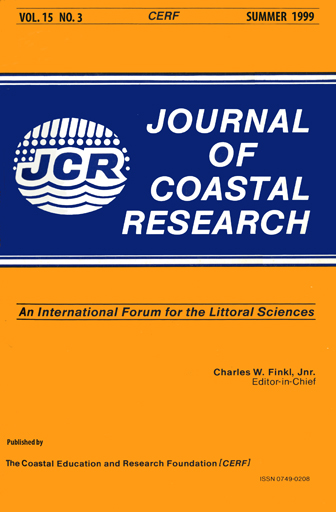Beach Cusps: A Comparison of Data and Theories for Their Formation
Keywords:
Beach cusps, self-organisation, edge waves, swash length.Abstract
In recent years, there has been considerable debate about whether beach cusp formation is associated with the presence of standing edge waves, results from self-organising feedback between changing topography and swash motion or is attributable to a number of other less popular mechanisms.
In this paper we utilise a large amount of data from laboratory experiments and field studies (from lakes and sea coasts, and from calm to storm conditions) published over the last 50 years to test the predictions of the two main cusp forming hypotheses. After a review of the relevant theories, comparison is made between measured cusp spacing and edge wave wavelength in order to test the edge wave theory. The self-organisation theory is examined by considering the variation of cusp spacing with some metric describing a swash length. These analyses, using more data than previous attempts, confirm that there is a possible link between cusp development and both edge waves and swash-sediment feedback, and that it is not possible to produce conclusive support for one theory above the other with the simple measurements that have been made previously.
Furthermore, we report evidence for a specific breaker type (plunging) being associated with cusp presence and suggest that if sub-harmonic standing edge waves are present on a beach (which does not seem to be likely for a large number of the measurements considered, and lead to cusp development) there will necessarily be a link between their spacing and swash length in the form predicted by Werner and Fink (1993).

